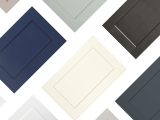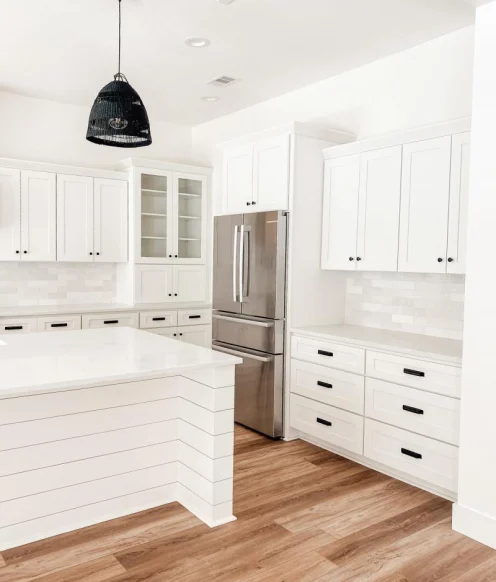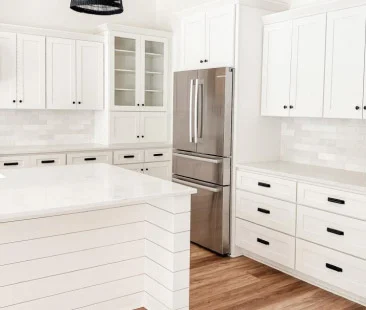Sledgehammers are fun! But there are a few things you need to know before you pick one up to start gutting your kitchen to prepare for renovation with your new RTA kitchen cabinets.
Disassemble Old Cabinets for Reuse
While it can be tempting, when you’re gutting a kitchen for remodeling to just grab a sledgehammer and go to town, your old cabinets, despite the fact that you personally don’t like them very much anymore, may still have value. For example, you could use them somewhere else in the house, as a fun storage solution for a child’s room or craft room. Base cabinets are sturdy enough to make a great workbench with a solid surface on top.
Alternatively, you could donate or sell them. Local churches may be able to find a great use for them, or low-cost apartment complexes could use them to update a kitchen to something far better than what they would normally be able to afford, and make some future tenant very happy.
So, tempting as it is to let out some aggression with a bigger tool, the best tool to take apart and remove your old cabinets is … a screwdriver.
Make Peep Holes Before Tearing Down Walls
If you’re tearing down a wall, or even just replacing the drywall, once again it’s very tempting to just grab a big sledge and go to town! But what if there is plumbing or electrical gear behind parts of it that you didn’t know about? Aside from being expensive to repair or replace, these things can be hazardous, potentially causing flooding, fire, or even electrocution.
Don’t worry, we’re not going to ruin your fun with a suggestion of a screwdriver here! But it is a great idea to punch smaller holes in the drywall here and there, preferably between each stud, with a regular hammer. Then, with the help of a flashlight, you can peer into the walls and make sure they’re safe to tear down the fun way, while using a more cautious approach in the areas with delicate stuff hidden within.
Oh, and don’t forget that this part’s a mess! Put up plastic at all the exits or borders to the kitchen, from floor to ceiling, to keep your whole house from being covered in dust. Use masks to filter out drywall and dust before it gets into your lungs. Finally, a box fan or two in the windows, pointing outward, can also help send the worst of the dust outside.










